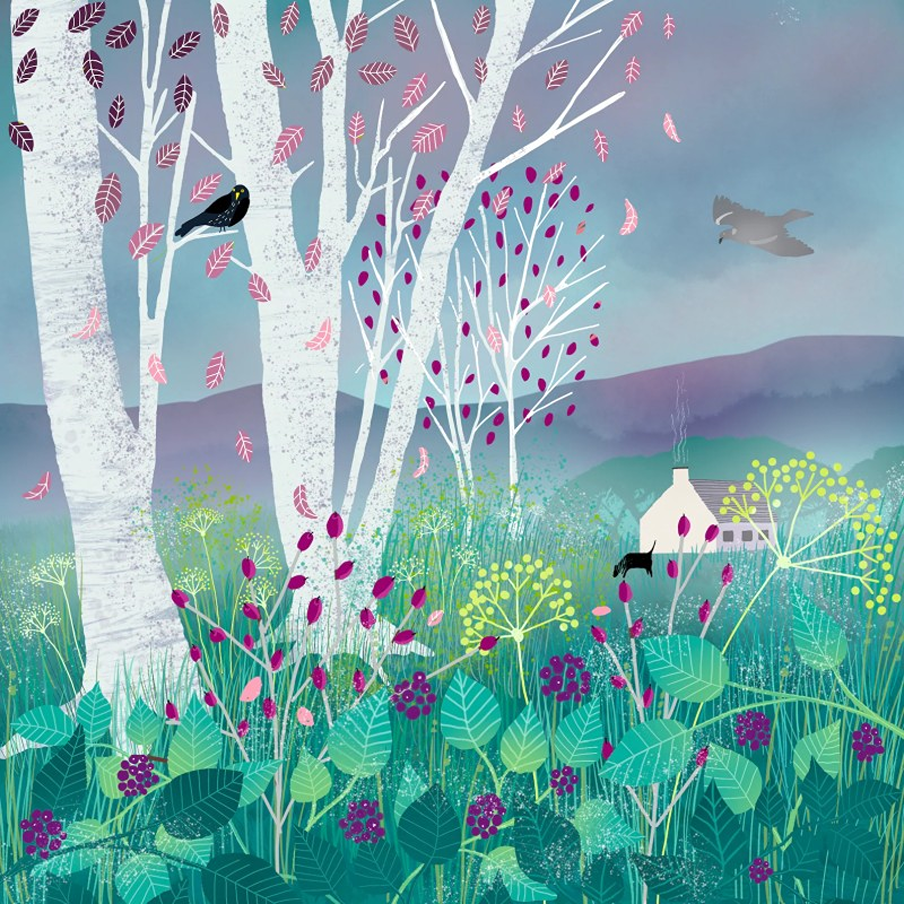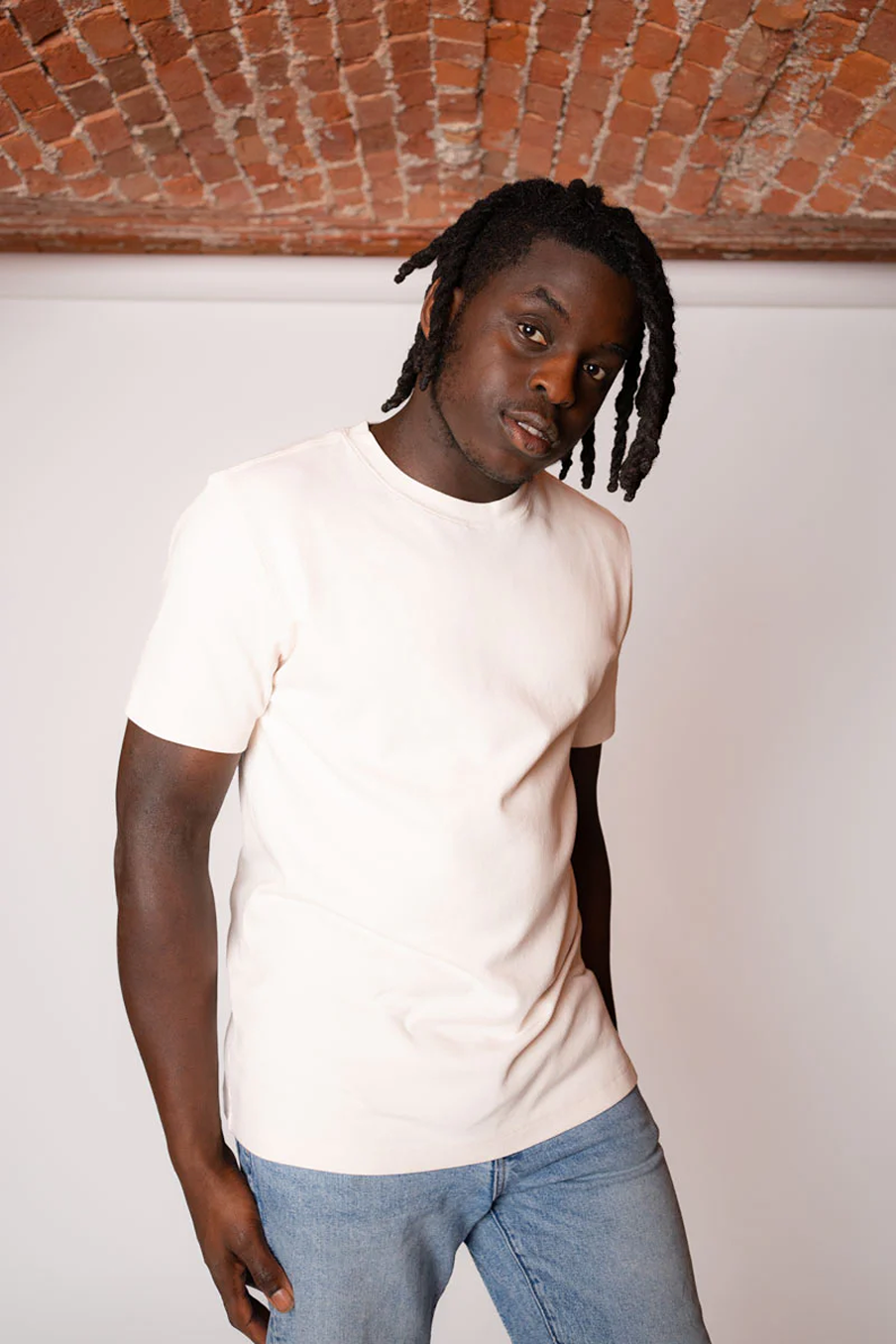Why England Does Not Need Nuclear Power

Austria has no nuclear power plants
England opened the world’s first commercial nuclear power station in 1956, and still has many old reactors that are being de-commissioned.
The government has plans to build more nuclear power stations (including a small one on the beautiful wildlife island of Anglesey in North Wales), with an aim of providing around 25% of electricity using this dangerous, expensive and unnecessary form of power.
We can reduce bills and climate change, with walkable communities that promote farmers’ markets and independent shops (a huge amount of oil is used to power supermarkets and lorries to drive food to them). And insulating homes, so that they need less energy to heat.
Conservatives, Labour and Reform UK all support building more nuclear power plants, Lib Dems also do (thought not so many) and Greens don’t want any. If that sounds radical, know that a large number of countries abroad use no nuclear power, and have no intention of doing so:
European Countries with No Nuclear Power
- Austria
- Croatia
- Cyprus
- Denmark
- Estonia
- Greece
- Ireland
- Italy
- Latvia
- Liechtenstein
- Lithuania
- Luxembourg
- Malta
- Norway
- Poland
- Portugal
- Serbia
Other Countries with No Nuclear Power
- Australia
- Belize
- Cambodia
- Colombia
- Costa Rica
- Malaysia
- Nepal
- New Zealand
- Peru
- Philippines
Nuclear Power is Not Safe
Nuclear plants cost billions of pounds to build, with 1.5% of them having had a meltdown accident. Uranium mining can cause lung cancer.
And nuclear waste remains radioactive for hundreds of thousands of years (residents near the islands in the Pacific that carried out nuclear testing almost 100 years ago, still have a higher cancer risk today).
Radioactive Bird Droppings from Sellafield
England’s largest and oldest nuclear plant (Sellafield in Cumbria) was built in the 1940s to make plutonium, in expectation of a cold war. Today, the process has begun to shut the plant down, which will take 100 years.
In the 50s, a fire sent radioactive waste to mainland Europe, and cows’ milk became radioactive. Today, droppings from swallows have found radioactive insects (these birds migrate to Africa, taking pollution with them). Local stray cats are screened for radioactivity, before rehoming.
Even people in Norway are concerned over radiation for their own food and wildlife, due to south-westerly winds possibly carrying radioactive particles across the North Sea, in the event of an accident.






